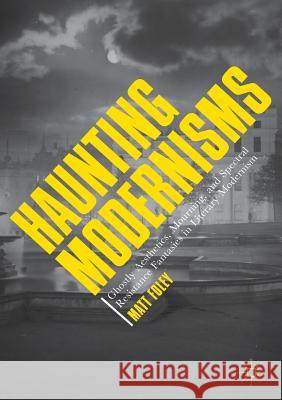Haunting Modernisms: Ghostly Aesthetics, Mourning, and Spectral Resistance Fantasies in Literary Modernism » książka
topmenu
Haunting Modernisms: Ghostly Aesthetics, Mourning, and Spectral Resistance Fantasies in Literary Modernism
ISBN-13: 9783319880402 / Angielski / Miękka / 2018 / 222 str.
Haunting Modernisms: Ghostly Aesthetics, Mourning, and Spectral Resistance Fantasies in Literary Modernism
ISBN-13: 9783319880402 / Angielski / Miękka / 2018 / 222 str.
cena 261,02
(netto: 248,59 VAT: 5%)
Najniższa cena z 30 dni: 250,57
(netto: 248,59 VAT: 5%)
Najniższa cena z 30 dni: 250,57
Termin realizacji zamówienia:
ok. 22 dni roboczych
Dostawa w 2026 r.
ok. 22 dni roboczych
Dostawa w 2026 r.
Darmowa dostawa!
Kategorie:
Kategorie BISAC:
Wydawca:
Palgrave MacMillan
Język:
Angielski
ISBN-13:
9783319880402
Rok wydania:
2018
Wydanie:
Softcover Repri
Ilość stron:
222
Waga:
0.28 kg
Wymiary:
21.01 x 14.81 x 1.27
Oprawa:
Miękka
Wolumenów:
01
Dodatkowe informacje:
Wydanie ilustrowane











